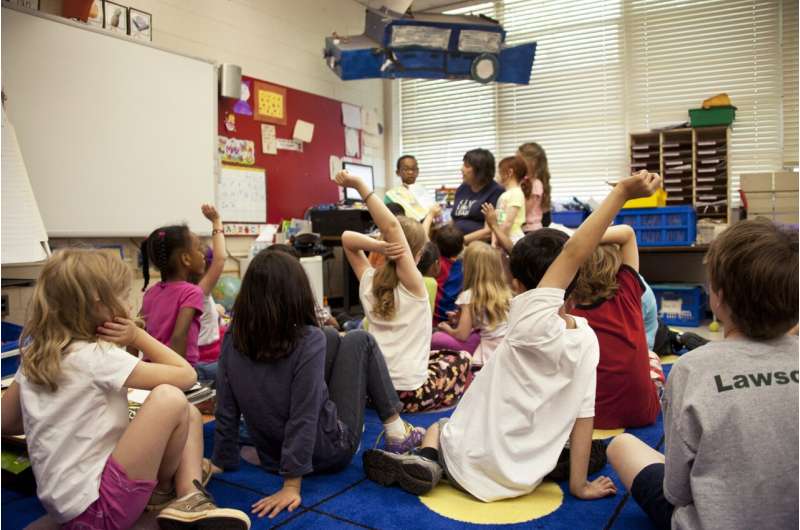Reevaluating School Policies on Lice: Health Risks and Parental Concerns

School policies on lice are shifting from strict exclusion to inclusive approaches, highlighting that lice pose minimal health risks. Experts advocate education to support children and families, reducing stigma and unnecessary treatment.
Traditionally, schools have dismissed students with lice until they are completely free of these tiny parasites, applying strict 'no-nit' policies that aimed to prevent reinfestation. However, recent shifts in policy favor a more inclusive approach known as 'nonexclusion,' which allows children with live lice to stay in class, prioritizing consistent attendance over the nuisance of lice. While public health officials categorize lice as a minor nuisance rather than a serious health threat, this change has sparked debate. Some parents and school districts, such as those in Massachusetts, Texas, Ohio, and Georgia, are advocating for the return of strict exclusion policies, citing recurring outbreaks and the cycle of reinfestation.
The Centers for Disease Control and Prevention (CDC) recommends against strict exclusion, emphasizing that lice are not contagious enough to warrant removing children from school. Evidence suggests that lice take four to six weeks to develop from eggs (nits) to an infestation large enough to cause visible scratching. Overzealous removal policies can lead to unnecessary treatment, shame, and disruption for children and families. Treatments can be costly, involving over-the-counter products or professional services that can cost hundreds of dollars, and infestations often affect entire households.
In a notable summer case, a preschool outside Nashville faced its largest lice outbreak, with about a third of the children affected. The owner chose to keep children in school, openly discussing the situation and emphasizing that lice infestations are manageable. The approach focuses on education, dispelling myths, and reducing stigma. Experts, including pediatricians and the National Association of School Nurses, highlight that the priority should be educating families about lice and encouraging respectful, non-shaming responses.
Research from reputable sources supports nonexclusion strategies, especially in the context of the COVID-19 pandemic that underscored the importance of in-person learning. The latest American Academy of Pediatrics guidance echoes this, cautioning against unnecessary school absences caused by misdiagnosis or overly aggressive policies. Overall, promoting awareness and understanding helps manage lice effectively while maintaining children's educational and social well-being.
Stay Updated with Mia's Feed
Get the latest health & wellness insights delivered straight to your inbox.
Related Articles
Disrupted Gut Metabolism in Chronic Inflammatory Bowel Diseases: New Insights
Recent study reveals how chronic inflammatory bowel diseases severely disrupt gut metabolism and microbiome interactions, paving the way for personalized metabolic therapies.
Blocking Minor Splicing: A Promising Approach to Hindering Tumor Growth Across Multiple Cancer Types
Australian researchers have identified a new approach to slow down tumor growth across multiple cancers by inhibiting minor splicing. This strategy activates cancer cell death pathways while largely sparing healthy cells, offering a promising avenue for broad-spectrum cancer treatment.
Innovative Minimally Invasive Treatment Alleviates Knee Osteoarthritis Pain
A new minimally invasive procedure offers effective pain relief for knee osteoarthritis by reducing joint inflammation and blood flow, providing an alternative for patients unsuitable for surgery.
New Study Reinforces the Role of Physical Activity in Preserving Brain Health
Regular physical activity plays a key role in preserving brain size and health during aging, regardless of body weight or metabolic health, according to a recent large-scale study.



